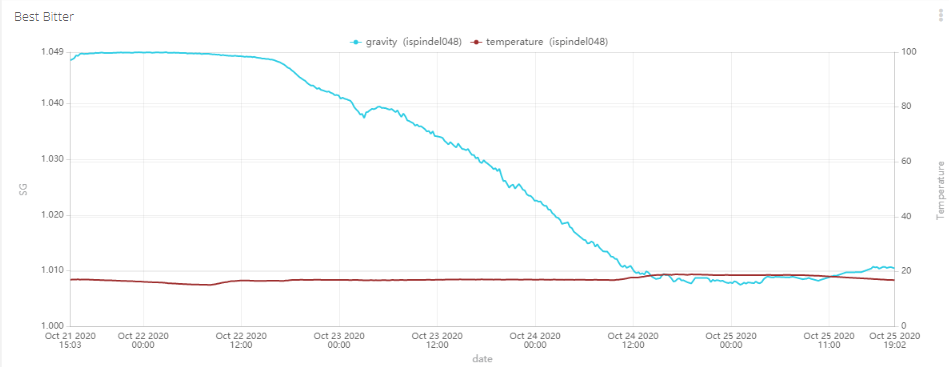I’ve been soft crashing, removing yeast, and dry hopping at between 55 and 60 for probably the last 2 years or so. I just recently have tried dry hopping after fermentation is done and I’ve harvested some yeast but not cooled the beer just to see what the differences are as I hadn’t done it in a while. I’ve had hop creep happen every time, as much as 1* plato. A couple of times it was a welcome gravity drop and a couple times it was a bit much.
I think you can get some off flavors from extended yeast/hop contact time at elevated temps especially with really high dry hopping loads and high alpha high oil hops. That sulphury, rotting vegetal, “pumpkin guts”, aroma is I think caused by that but I’m not 100% sure honestly. I think I would have to brew the same beer side by side and change the dry hopping process on each to really be able to compare. Hopefully in the next month I will as I will finally have my larger system up and running and can split 15g into 2 or 3 separate fermenters and evaluate cold side process variables side by side.

























![Craft A Brew - Safale BE-256 Yeast - Fermentis - Belgian Ale Dry Yeast - For Belgian & Strong Ales - Ingredients for Home Brewing - Beer Making Supplies - [3 Pack]](https://m.media-amazon.com/images/I/51bcKEwQmWL._SL500_.jpg)


































